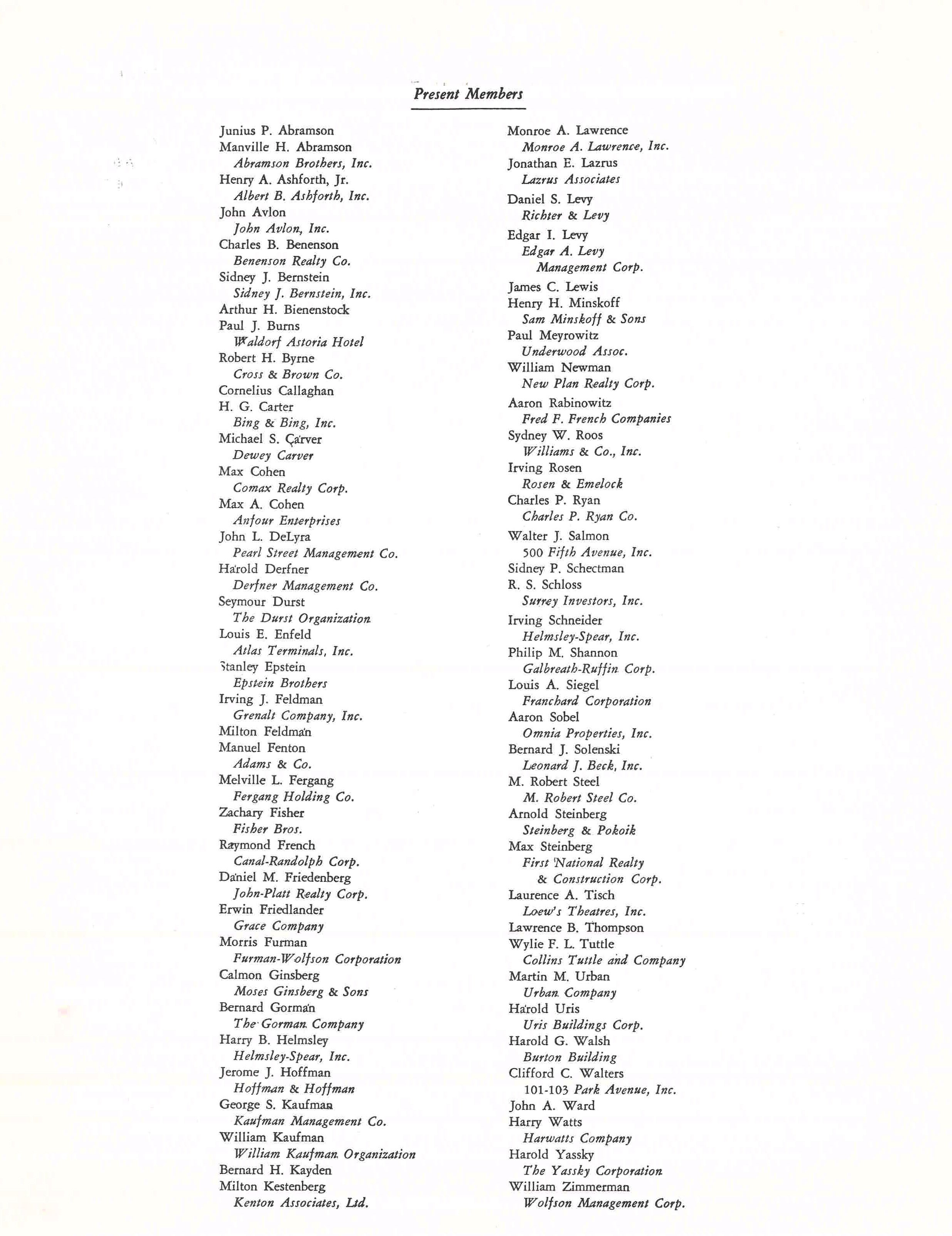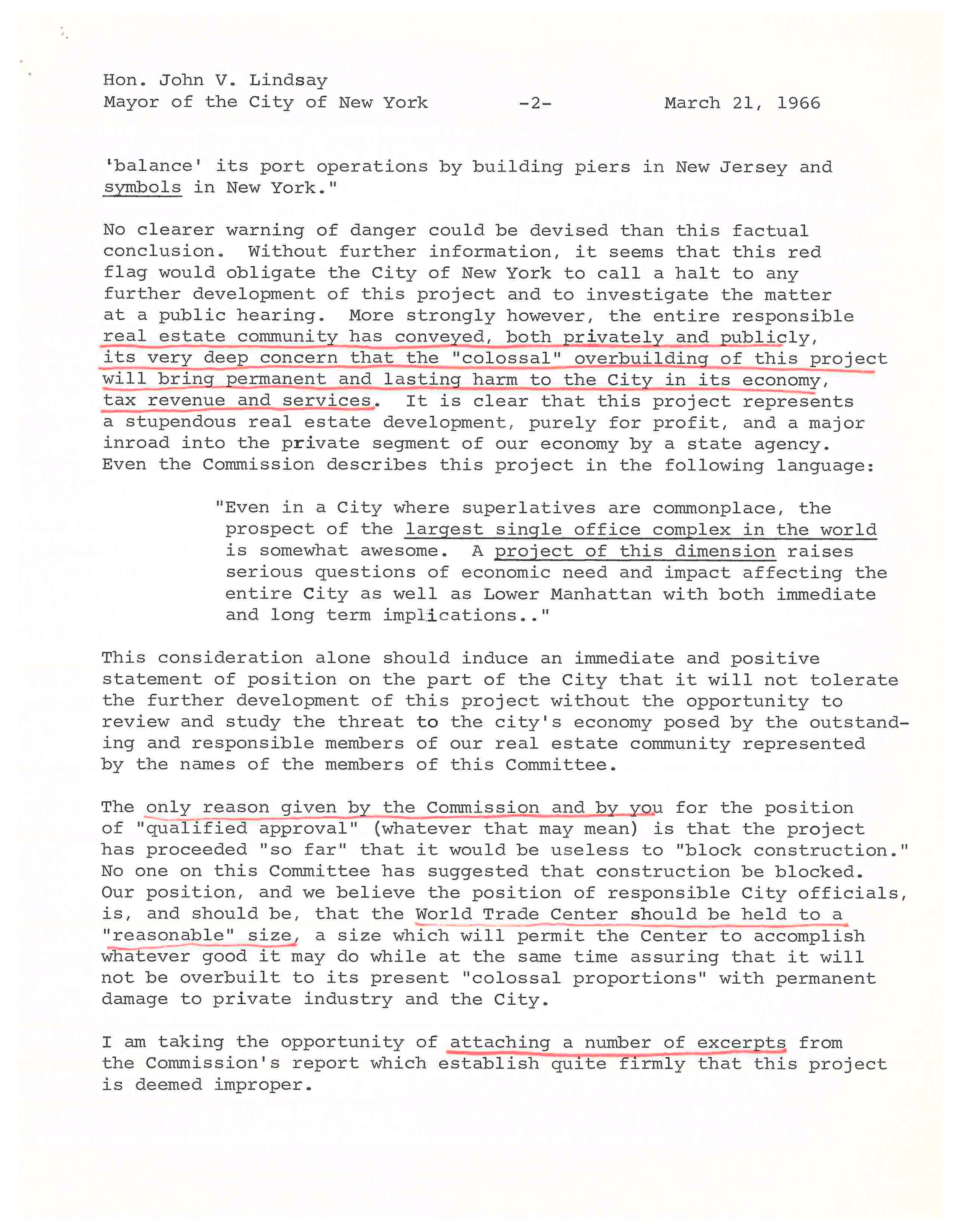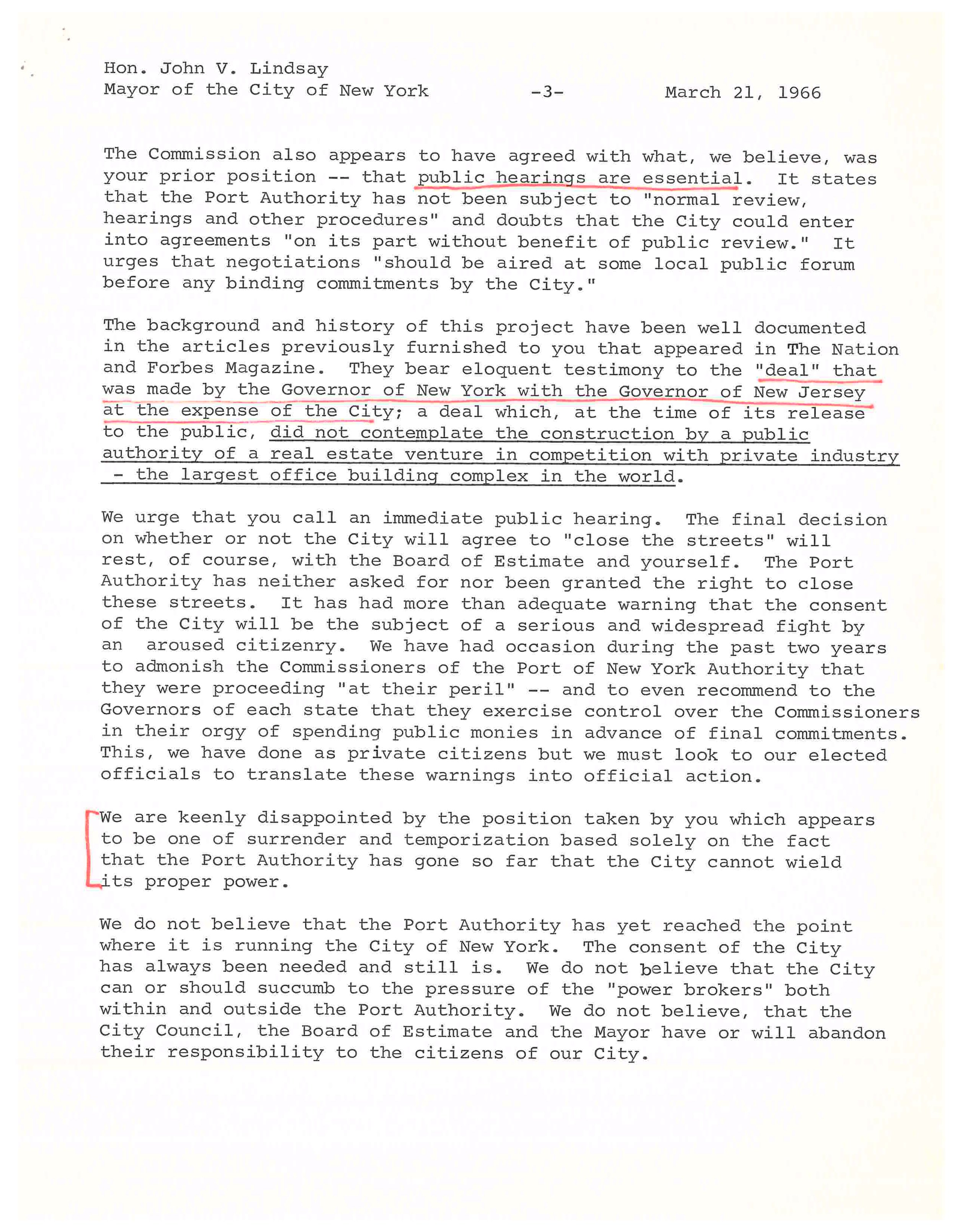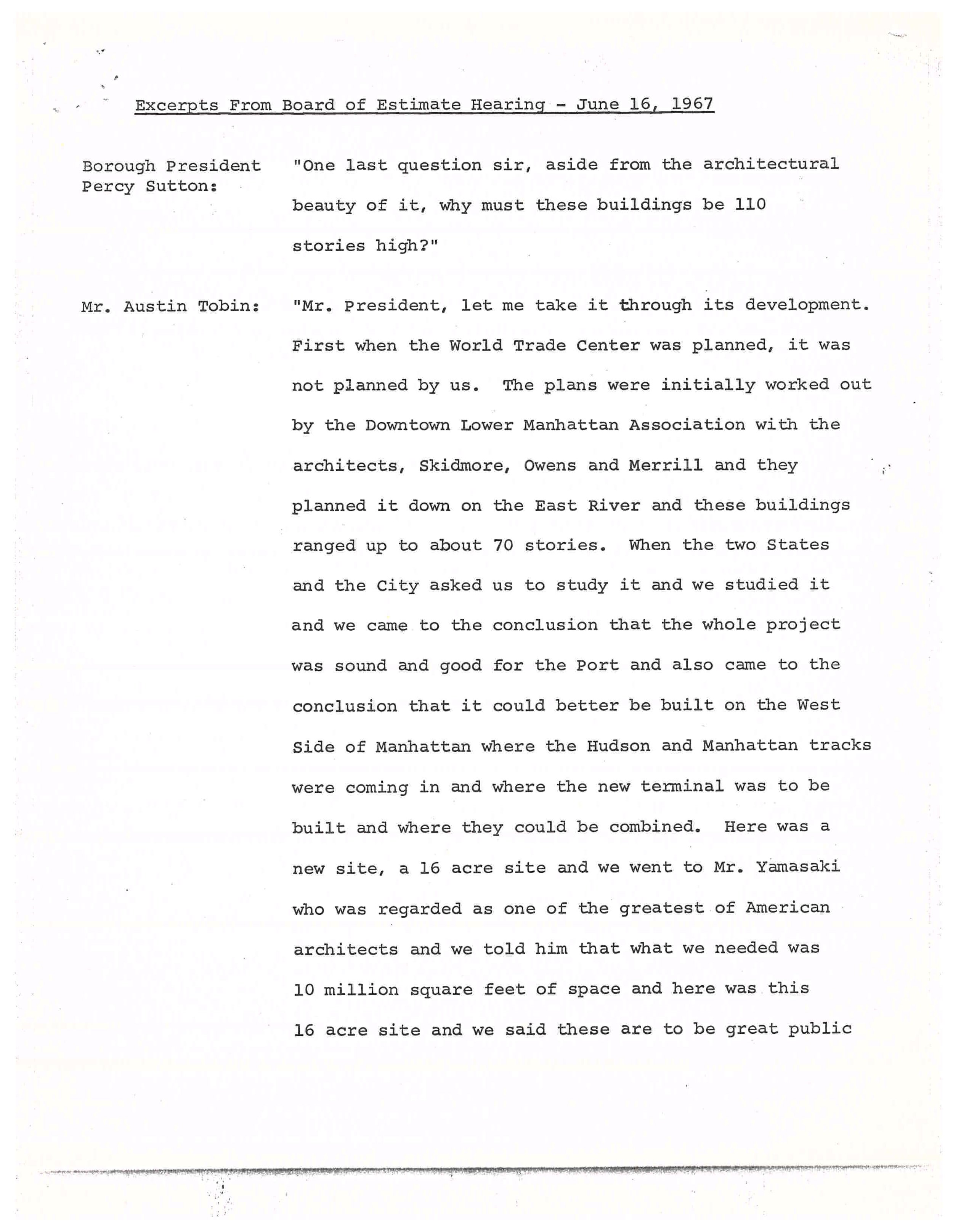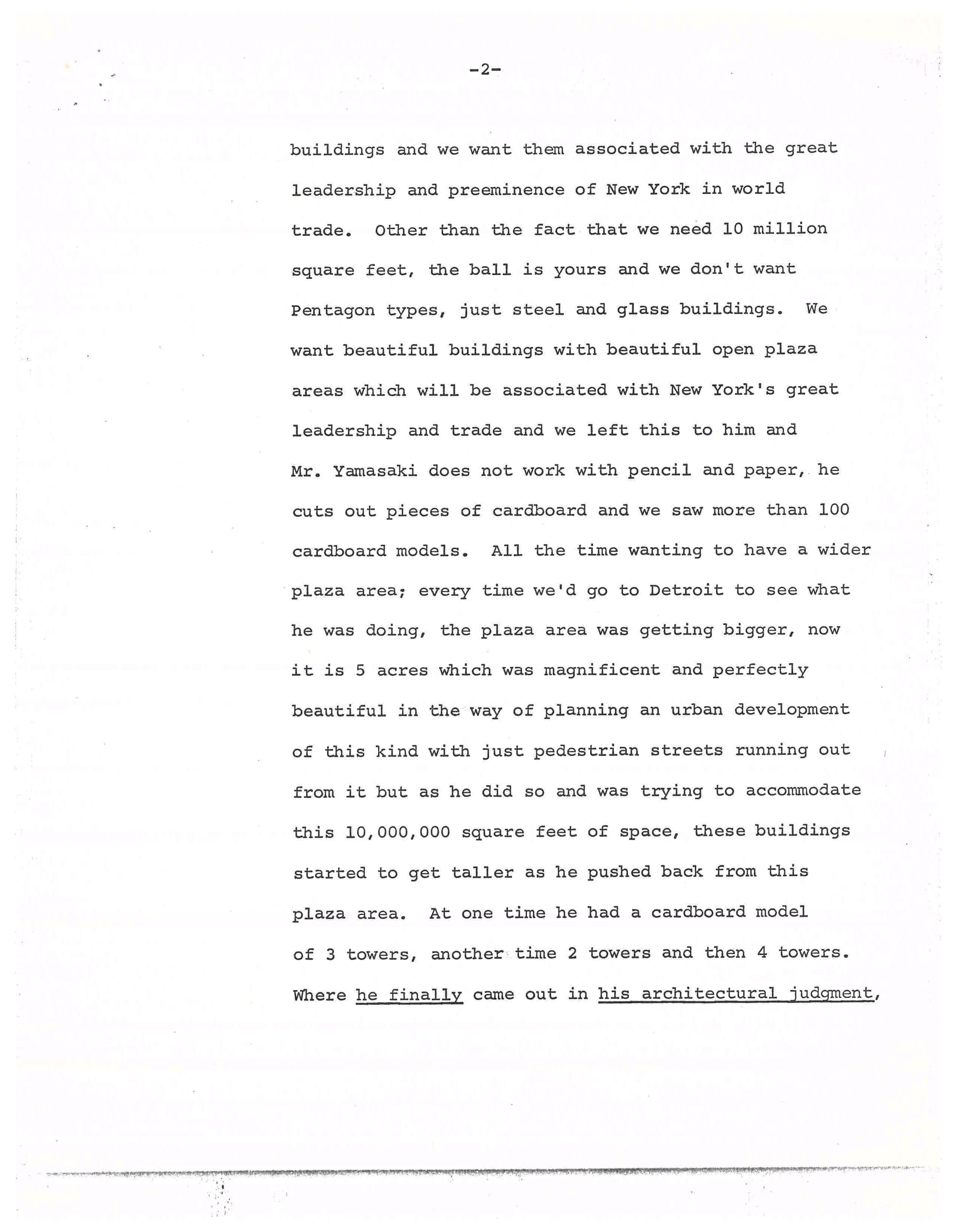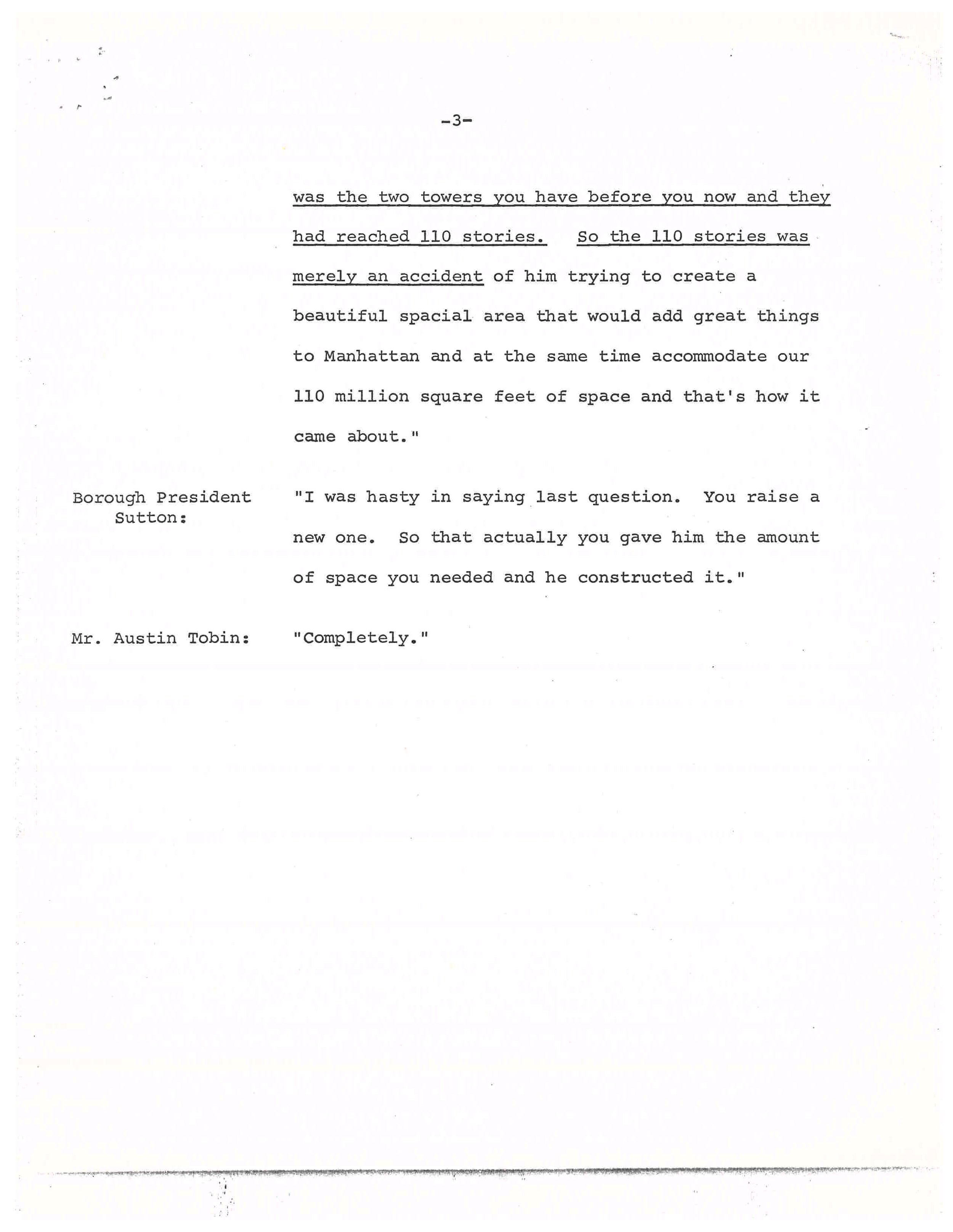It has been said that nobody loved the Twin Towers until they were gone, and that is certainly true of the residents and business owners of the Manhattan neighborhood known as Radio Row. One of many such “Radio Rows” in cities throughout America, New York City’s was the largest and one of the oldest. It was roughly bounded by Dey Street to the north, Liberty to the south, between West and Church Streets. The heart of it was Cortlandt and Greenwich Streets, but another concentration of shops lined Dey Street (also known as Telegram Square for the Western Union Building at the corner of Broadway and Dey). At its peak over 400 merchants sold radios, televisions, and associated parts in this area.
DaVega City Radio, 63 Cortlandt Street, ca. 1939. Tax Photograph Collection, NYC Municipal Archives.
North-Star Radio, 78-80 Cortlandt Street, ca. 1939. Tax Photograph Collection, NYC Municipal Archives.
From the earliest days of radio in the 1920s, dealers in radios and radio parts set up shop in the area. As car radios became more common, some shops specialized in conversion kits for autos. Other shops just sold vacuum tubes, which frequently burned out and were often non-standard parts hard to find.
By the time the New York City Department of Finance Tax Photo project got underway in the late 1930s, the area was bustling with vendors and buyers. A famous 1936 WPA Federal Writers’ Project photograph shows a crowd of men standing along Cortlandt Street in front of DaVega City Radio listening to a World Series game between the then New York Giants and the Yankees. A second photo reveals why they are all looking across the street: two men hanging out the window of Atlas Radio updating a scoreboard. The neighborhood was not just about radios, as revealed in the Tax Photos: bicycle shops, bars, coffee shops, diners, hotels, pet shops and automotive stores also were packed into the old brick buildings. A few newer buildings housed insurance companies. In the 1950s, televisions became popular, and Radio Row vendors started to sell them, and their components, as well.
Men watching World Series announcement board, Cortlandt Street (Radio Row), 1936. WPA Federal Writers' Project collection, NYC Municipal Archives.
The World Series announcement board above Atlas Radio, which the men on Cortlandt Street were watching, 1936. WPA Federal Writers' Project collection, NYC Municipal Archives.
Bell Radio, 60 Cortlandt Street, ca. 1939. Tax Photograph Collection, NYC Municipal Archives.
Weston Radio, 64 Cortlandt Street, also Times and Publix Radio, ca. 1939. Tax Photograph Collection, NYC Municipal Archives.
Vim Radio, 70 Cortlandt Street, ca. 1939. Tax Photograph Collection, NYC Municipal Archives.
Arrow Radio, 82 Cortlandt Street, ca. 1939. Tax Photograph Collection, NYC Municipal Archives.
Detail of a 1934 GW Bromley atlas of Manhattan showing the area where Radio Row existed. Everything from Liberty to Vesey Street, from Church to the river was demolished for the World Trade Center in 1966 and 1967. NYC Municipal Archives.
It was a successful business district, even if a bit unsightly, but by the 1960s Lower Manhattan was slated for a dramatic change. The waterfront businesses essential to a port city were no longer needed, as a new era of trucking and the introduction of the cargo container took hold. In addition, airplane travel reduced the number of passenger ships coming into the Manhattan docks. David Rockefeller, Chairman of Chase Manhattan Bank (and brother of Governor Nelson Rockefeller), envisioned a World Trade Center that could revitalize Lower Manhattan. He had already used political pressure and eminent domain to build One Chase Plaza in 1956 on the site of the old sail-making lofts of the Coenties Slip area near the Financial District. He thought the area just north, South Street Seaport, would be the perfect site for his World Trade Center. He created the Downtown-Lower Manhattan Association (DLMA) to remake Lower Manhattan. To bring in more financing, he approached the Port Authority of New York and New Jersey, an interstate compact created in 1921. However, New Jersey Governor Robert Meyner saw nothing in the project for New Jersey. Eventually, New York Governor Nelson Rockefeller struck a deal that would move the project to the west side if the Port Authority would take over the bankrupt Hudson & Manhattan Railroad and build the new World Trade Center on top of its southern terminal, creating the PATH train system. The plan also called for the Port Authority to destroy the freight piers along West Street and build container ports at the Port of Newark-Elizabeth, New Jersey.
Letter from the Downtown-Lower Manhattan Association to Mayor Lindsey, February 1966. Mayor Lindsey Collection, NYC Municipal Archives.
Letter from Mayor Lindsey to David Rockefeller, August 1966. Mayor Lindsey Collection, NYC Municipal Archives.
Emergency Committee to Oppose the World Trade Center letter, November 1966. Mayor Lindsey Collection, NYC Municipal Archives. The Committee was made up of prominent journalists, historians, and architectural critics, including Jane Jacobs, fresh from her fight against Robert Moses’ Lower Manhattan Expressway.
Telegram from Thomas Maguire, Vice President International Union of Operating Engineers to Mayor Lindsey, urging him to press forward with the Trade Center, March 1967. Mayor Lindsey Collection, NYC Municipal Archives.
The radio-shop owners had initially been fans of the proposed east-side trade center, which they thought would bring in new business. However, when they saw plans for the west side and realized the proposed site would completely wipe out their business district, they formed the Downtown West Businessmen’s Association and started to advocate against the project. Headquartered at Oscar’s [Nadel] Radio Shop at 63 Cortlandt Street (formerly DaVega City Radio) they fought the plan through protests, legal challenges, and street theater. They were joined by other groups, including the Committee for A Reasonable World Trade Center (made up of prominent real-estate families), and the Emergency Committee to Oppose the World Trade Center, a more literary and artsy group, which had amongst its members Jane Jacobs. Mayor Lindsey’s subject files contain a thick folder from 1966-1967 with correspondence on the World Trade Center from and to these groups. Also represented are commerce and labor groups that strongly advocated for the project to fight the economic slump in the building trades.
Letter from the Downtown West Businessman’s Association, February 1966. Mayor Lindsey Collection, NYC Municipal Archives.
Letter from the Downtown West Businessman’s Association, February 1966. Mayor Lindsey Collection, NYC Municipal Archives.
Letter from the Committee for a Reasonable World Trade Center, March 1966. Mayor Lindsey Collection, NYC Municipal Archives. This committee represented prominent real-estate interests, who feared the new trade center would devalue commercial real estate in the City.
Excerpt from Manhattan Borough President Percy Sutton questioning Port Authority director Austin Tobin, Board of Estimate Hearing, June 16, 1967. Mayor Lindsey Collection, NYC Municipal Archives.
Harper’s Magazine, “New York’s Trade Center: World’s Tallest Fiasco,” advance proof of May 1966 edition. Mayor Lindsey Collection, NYC Municipal Archives.
Destruction of Radio Row, looking south along Greenwich Street from number 189, ca. April 1966. Jean M. Brown photographer, NYC Municipal Archives Collection.
The Port Authority offered Radio Row merchants $3,000 to relocate, and some did move—dispersing to Canal Street, Union Square and west of Times Square—but many refused the payments and simply went out of business. Eventually the project was pushed through, and by May of 1966 the architecture critic for Harper’s Magazine, Wolf von Eckardt, lamented “It’s ready to go up right now. How did the plans get this far?” He said the proposed “instrument of urbicide… not only the tallest, but unquestionably one of the ugliest buildings in the world,” would displace “thirteen historic, living and breathing square blocks of the city.”[1]
One resident of those thirteen blocks was Jean M. Brown, a young woman living at 189 Greenwich Street and working as a typist. She had a front row seat to the destruction of Radio Row and, using an amateur camera, she documented it from her 3rd floor window. Brown also took a photo of her own building before she too was evicted by the Port Authority in November of 1966, while seven-months pregnant. Brown just passed away in August 2023, but her son William recently recalled that she sent eleven photos to the Municipal Archives in 2005 because she wanted someone to remember what had once been a thriving neighborhood. In her donation letter she wrote, “I hope that this will be of help to future individuals who are interested in what that part of Manhattan looked like before the Trade Center was erected.”
Jean M. Brown lived on the 3rd floor of 189 Greenwich Street, above Adson Radio, until she was evicted in November 1966. Jean M. Brown photographer, NYC Municipal Archives Collection.
Super Radio Outlet, 65-67 Dey Street, ca. 1939. This address would later betaken over by Leotone Radio (see photo below). Tax Photograph Collection, NYC Municipal Archives.
61 Dey Street (far left) to 71 Dey Street with Washington Street and Pier 13 beyond, looking west from 189 Greenwich Street, June 1964. Jean M. Brown photographer, NYC Municipal Archives Collection.
Dismantling of Pier 13, Dey Street, looking west from 189 Greenwich Street, ca. April 1966. Jean M. Brown photographer, NYC Municipal Archives Collection.
Workers demolishing 65-67 Dey Street, looking west from 189 Greenwich Street, late summer or fall of 1966. Jean M. Brown photographer, NYC Municipal Archives Collection.
Destruction of Radio Row, Dey Street, looking west from 189 Greenwich Street, ca. November 1966. The West Side Elevated Highway is clearly visible in the background. A section of it collapsed in December 1973 and it was eventually removed in 1989. Jean M. Brown photographer, NYC Municipal Archives Collection.
[1] “New York’s Trade Center World’s Tallest Fiasco,” Harper’s Magazine, May 1966.
Further reading:
http://tribecatrib.com/content/world-trade-center-long-lost-world-radio-row

